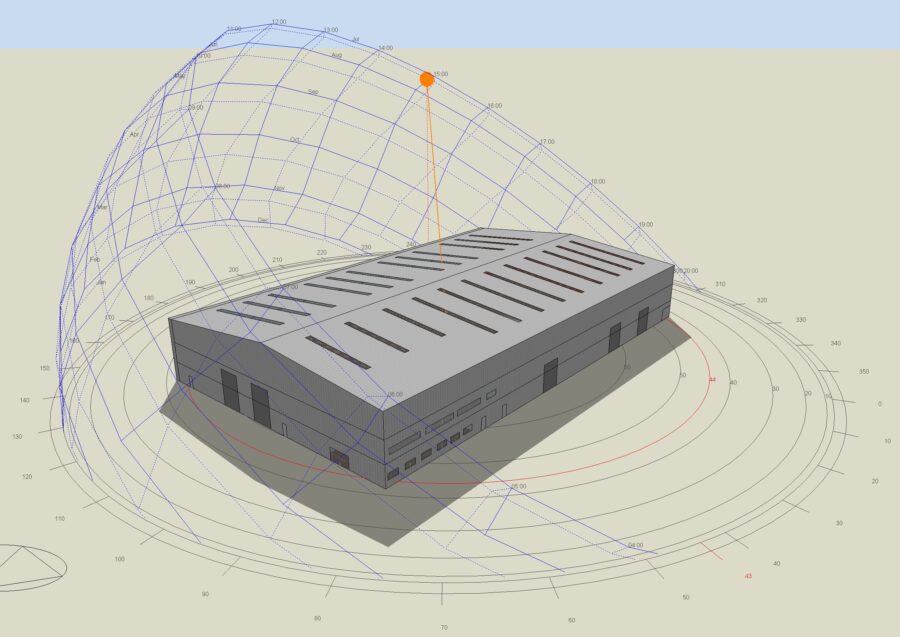High definition EPCs: what exactly is a Level 5?
When it comes to EPCs, there is often some confusion about what the different levels mean. Level 3, 4 and 5? Whatever happened to Level 1 and 2?
Well in simple terms Level 3 and Level 4 are effectively the same thing, only Level 4 deals with more complex HVAC systems such as full air conditioning and requires a slightly higher qualified assessor. They are carried out using the free government software iSBEM (SBEM means Simplified Building Energy Model) or one of the approved privately supplied software, which are largely the iSBEM software dressed in a more user-friendly format.
Some of these are just slightly prettier versions of iSBEM whereas others involve 3D modelling which makes for more accuracy in terms of the building geometry. Ultimately these all carry out the same calculation at the end, using the National Calculation Methodology, NCM.
It was recognised that there were limitations with this software and certain buildings have characteristics that it could not deal with, so the legislation allowed for approved Level 5 software, Dynamic Simulation Model, or DSM, which must mirror the NCM in most important ways but allows for more accurate modelling in complex cases.
An example of a complex case is atria as the NCM does not allow the transfer of light from one internal space to another, so can’t cope with light falling through an atrium and then through internal glazing into an occupied space. Level 3 and 4 EPCs would consider this area as having no natural light and assume an increased lighting load to the spaces therein.
Whereas Level 3/4 software carries out 12 checks a year (based on monthly external temperatures for the location), Level 5 carries out hourly (or even sub hourly) checks 24 hours a day, 365 days a year using a dynamic weather file for the specific location, not a generic one as used by SBEM.
So that’s at least 8,760 checks as opposed to 12 checks – high definition indeed!
This is as well as modelling aspects such as shading and natural light far more accurately. It is also the software that engineers use when designing systems thus allowing almost BIM levels of cross consultancy interaction.
Level 5 software can be used on any building, complex or not. At MEES Solutions we believe our clients have not been properly advised on their EPC ratings unless Level 5 has been considered and calculations taken place using both pieces of software.
A DSM Level 5 rating is not always better, in some cases it is worse, but it is more accurate. A client could spend money on improvements based upon simplified findings where some more accurate modelling might have been sufficient to show the buildings true rating.
DSM Level 5 calculations are particularly effective on industrial/warehouse type buildings with rooflights where the more accurate solar modelling is reflected in lower EPC ratings.
You wouldn’t watch a 12 pixel TV, so don’t rely on a 12 pixel EPC!
Selected industry experts bring you insight and expert advice, across a range of sectors.
Subscribe for free to receive our fortnightly round-up of property tips and expertise
Selected industry experts bring you insight and expert advice, across a range of sectors.
Subscribe for free to receive our fortnightly round-up of property tips and expertise






